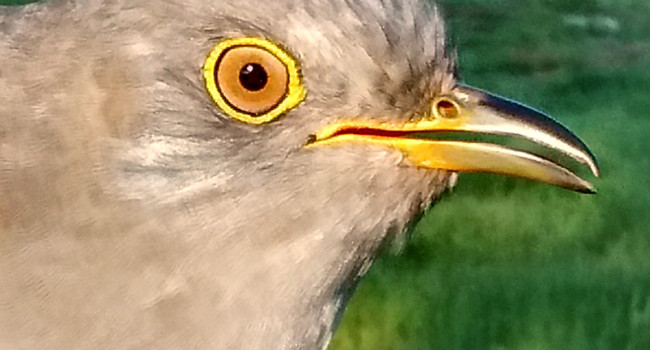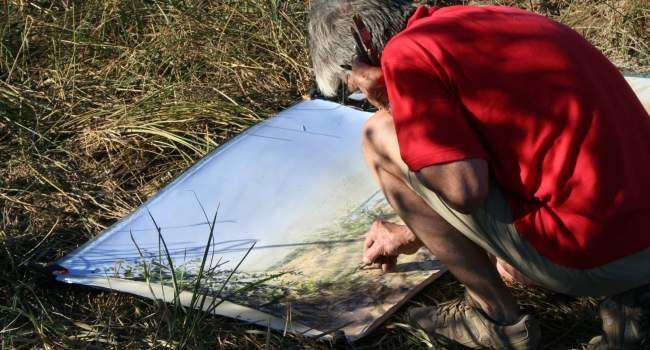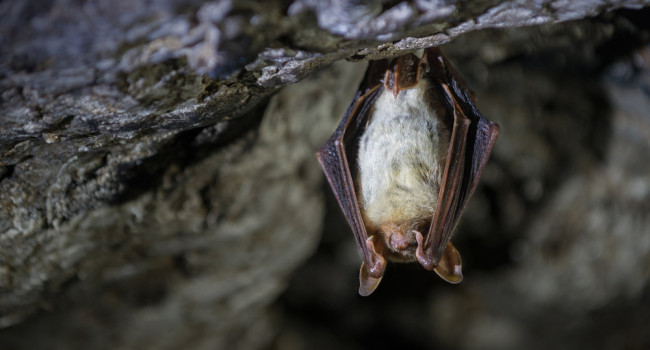Fidelity and distance to previously visited sites throughout the annual cycle in a trans-Saharan migrant, the Common Cuckoo

Author(s): Bonaldi, C., Vardanis, Y., Willemoes, M., Hewson, C.M., Atkinson, P.W., Nilsson, J-Å., Klaassen, R.H.G., Strandberg, R., Tøttrup, A.P., Howey, P.W., Alerstam, T. & Thorup, K.
Published: March 2024
Journal: Journal of Avian Biology
Article No.: e03183
Digital Identifier No. (DOI): 10.1111/jav.03183
Research in collaboration with BTO scientists has used data from satellite-tracked adult male Cuckoos to show that although all birds returned to the same breeding grounds in consecutive years, the same individuals had much lower fidelity to locations used at other times during the annual cycle.
The Cuckoos in the study were fitted with ARGOS satellite tags on their breeding grounds in the UK, Denmark and Sweden. Between two and four consecutive years’ worth of data were analysed for each bird. The Cuckoos showed 100% fidelity to their breeding territories, but in only 18% of the possible cases did the birds return to within 50 km of a previously visited non-breeding site.
Cuckoos’ movements outside the breeding season are determined by factors such as the timing of rains and the resulting large-scale variation in the seasonal availability of food. Therefore, it might be more important for birds to find the same general area in consecutive years than to locate the exact position that they previously occupied.
Like many other migratory birds, the Cuckoo is undergoing a substantial population decline in the UK and other parts of its breeding range. Understanding the drivers of site selection throughout their annual cycle is important for guiding conservation efforts to address such declines in this, and other, species.
Abstract
Most migratory birds return every year to the same breeding sites and some species show a similarly high fidelity to wintering grounds as well. Fidelity to stopover sites during migration has been much less studied and is usually found to be lower.
Here, we investigate site fidelity and distance to previously visited sites throughout the annual cycle in the common cuckoo, a nocturnal trans-Saharan migrant, based on satellite-tracking data from repeated annual migrations of thirteen adult males.
All birds (100%) returned to the same breeding grounds, with a median shortest distance of only 1 km from the locations in previous year. This was in strong contrast to a much lower and much less precise site fidelity at non-breeding sites during the annual cycle: In only 18% of the possible cases in all non-breeding regions combined, did the cuckoos return to within 50 km of a previously visited non-breeding site, with no significant differences among the main staging regions (Europe in autumn, Sahel in autumn, wintering in Central Africa, West Africa in spring, Europe in spring).
The shortest distance to a previously visited non-breeding site differed among the staging regions with median shortest distances for the longest stopovers of 131 km [2;1223] (median [min;max]) in Europe, 207 km [1;2222] in Sahel in autumn and 110 km [0;628] in Central Africa.
The distance to a previously visited staging site decreased with the time spent at the stopover in a previous year. Understanding the drivers of recurrence and site selection in migratory birds are important for guiding conservation efforts in this group but further studies are needed to establish whether the patterns observed in cuckoos are general among terrestrial migrants with continuous distribution of habitat.








Share this page